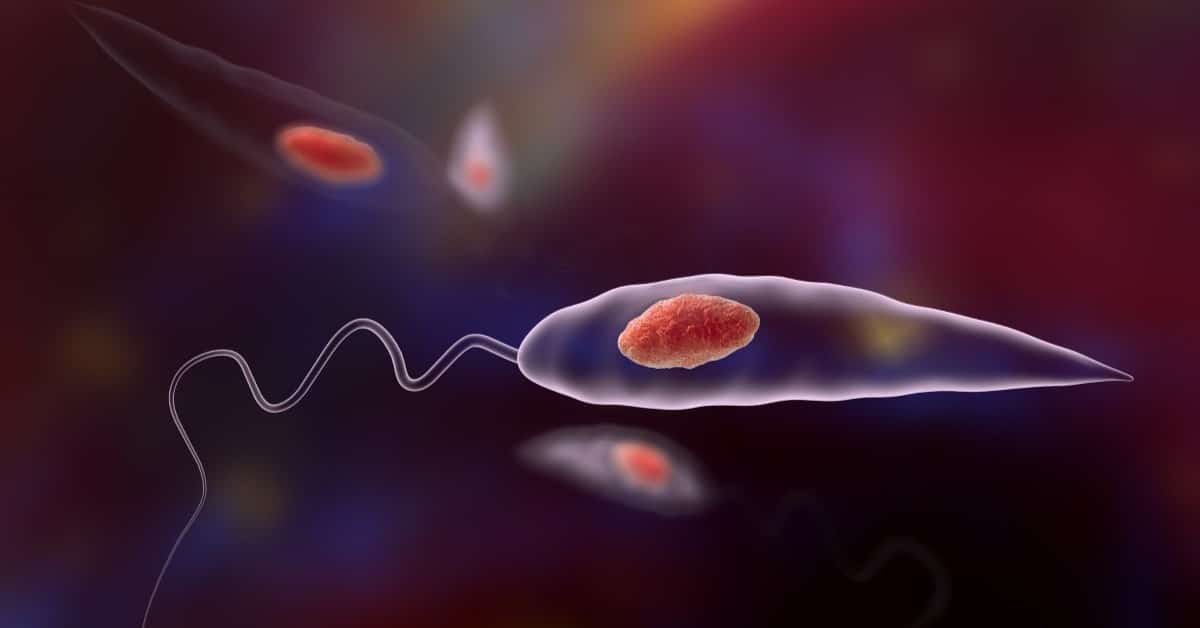Leishmaniasis is an infection caused by a parasite called Leishmania, which is spread through the bite of infected sand flies. The disease can affect the skin, mucous membranes, or internal organs and can become serious if untreated.
If you suspect you may have leishmaniasis, you can get personalised advice and care from licensed doctors through Hope Plus, ensuring proper diagnosis and treatment.
Symptoms You Might Notice
Visceral Leishmaniasis (Kala-azar)
- Gradual onset of fever with occasional peaks
- Enlarged liver and spleen, swollen lymph nodes
- Weakness, weight loss, anaemia, low white blood cells
- Progressive fatigue and risk of death if untreated
- After recovery, some patients may develop skin lesions
Cutaneous and Mucosal Leishmaniasis (Oriental sore)
- Small red bumps (papules) that grow into slow-healing ulcers
- Secondary bacterial infection may occur
How It Is Diagnosed
- Laboratory tests using blood, bone marrow, spleen, liver, or lymph node samples
- Culture tests to isolate the parasite
- Serological tests (detect antibodies)
- Leishmanin skin test (negative in visceral cases)
Treatment Options
Visceral Leishmaniasis (Kala-azar)
- Combination therapy: Sodium stibogluconate 20 mg/kg/day (IM or IV) plus Paromomycin 15 mg/kg/day for 17 days
- Alternative: Sodium stibogluconate alone for 30 days if Paromomycin cannot be used
- In relapse or pregnancy: Liposomal amphotericin B (AmBisome) 3 mg/kg/day for 10 days
- For HIV-positive patients: Liposomal amphotericin B 5 mg/kg/day for 8 days
Cutaneous Leishmaniasis
- Often heals on its own, but severe or persistent cases are treated like visceral disease
Post-Kala-Azar Dermal Leishmaniasis (PKDL)
- Sodium stibogluconate until the skin lesions heal completely, which may take weeks or months
Treatment continues until lab tests confirm no parasites remain. Relapses are treated promptly with AmBisome.
Prevention Tips
- Detect and treat cases early
- Use insecticide spraying in affected areas
- Remove sand fly breeding sites and maintain clean surroundings


